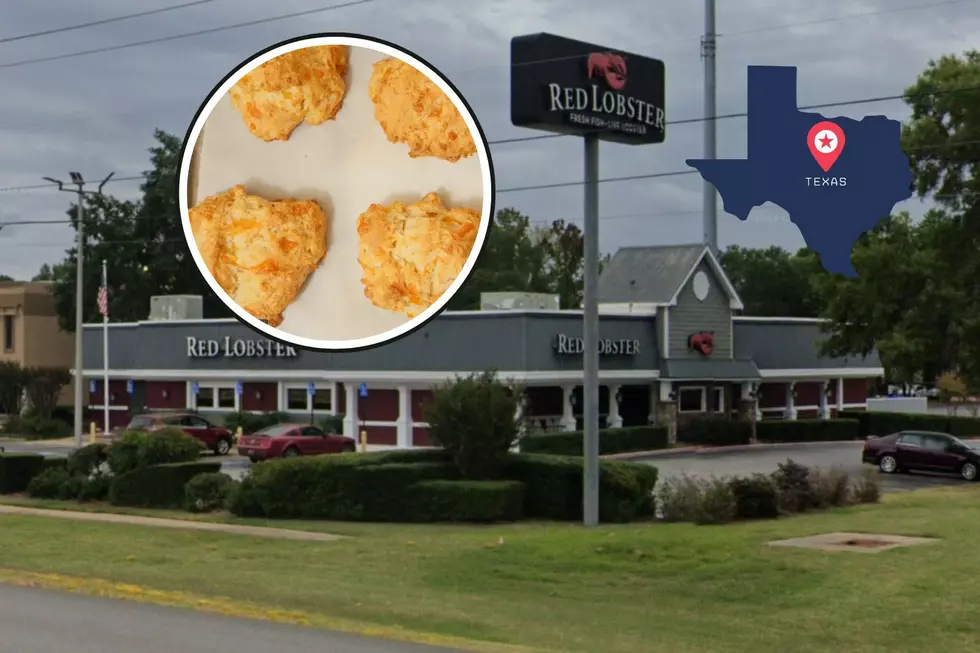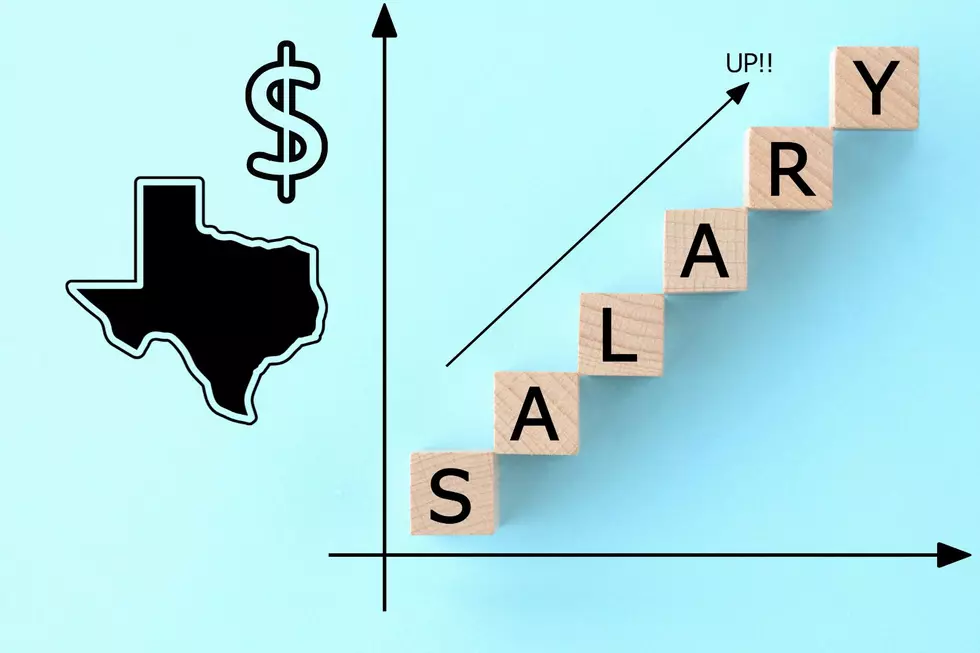
Inactivity Is Literally Killing Us–And It Isn’t All Our Fault
We know that heart disease and cancer are the two biggest killers, followed by stroke.
We are quite accustomed to seeing ads telling us the dangers of smoking cigarettes. We hear gurus and diet experts tell us every day the importance of building good diet and exercise habits.
Many people have stopped smoking, try to eat more healthfully, and exercise regularly--or at the very least know they need to do so.
But there's another root cause of these killers that we don't often talk about--inactivity. Yes, those daily workouts and intentional exercise help. But that's not what we're talking about here. And this type of inactivity isn't due to laziness and personal choice.

Even if we exercise five times a week and eat organic diets consisting of "all of the right foods," we may still be in danger. But we don't talk about it enough. Why? Because in some ways, our daily inactivity is systemic. It's built into the way our modern world is set up.
When you study cultures that tend to live the longest, one thing you'll find (that is blatantly missing in many of our communities), is incidental, going-throughout-your-day activity. This is separate from intentional exercise. We're talking about something called Incidental movement.
Political correspondent and cycling enthusiast Peter Walker has written a book called The Miracle Pill: Why a sedentary world is getting it all wrong. Walker describes incidental movement as "the activity that happens naturally throughout our day. Not purposeful exercise, but things like walking to the shops or cycling to work."
And it's become even more of a problem since many of us work, play, and order food from our couches or desk chairs. Even for those inclined to "walk to the store," many communities haven't set up the infrastructure to make that convenient.
Marthe de Ferrer, journalist for Euronews.com, says "this issue is geographic, systemic, and woven into the structure of modern living."
In short--we need to redesign the way we live. We need to reconsider our plans for future development so that our cities are designed to encourage people to move, walk, etc.
At this moment, over a billion humans are at risk. De Ferrer reports "every year an estimated 5.3 million people from causes related to inactive living--roughly the population of Norway."
This makes sense--our risks for heart disease, cancer, and stroke are all increased by inactivity.
Before you feel depressed that despite doing your best to live as active and healthy of a life as possible, please be encouraged. Many communities--even here in East Texas--are implementing urban planning measures designed to encourage East Texans to move more often. It's changing the way we design our communities so that walking and moving are encouraged and don't always necessarily require us to drive every single place we go.
Speaking of getting active, this would be something hugely important to bring up at town halls and to city councils. Congratulate our community leaders for the work they've already done in this regard. Encourage them to continue thinking in this direction. Let them know that as citizens of East Texas, we notice and appreciate their efforts.
In the meantime, a few ways you can incorporate incidental activity into your life? Take the stairs, park further away on purpose, meet friends for a to-go coffee and walk while you chat. There's so many ways, really. It just requires a bit of a mental shift.
Get more ideas here.
LOOK: Here are the 25 best places to live in Texas
LOOK: Here are the best small towns to live in across America
More From 101.5 KNUE









